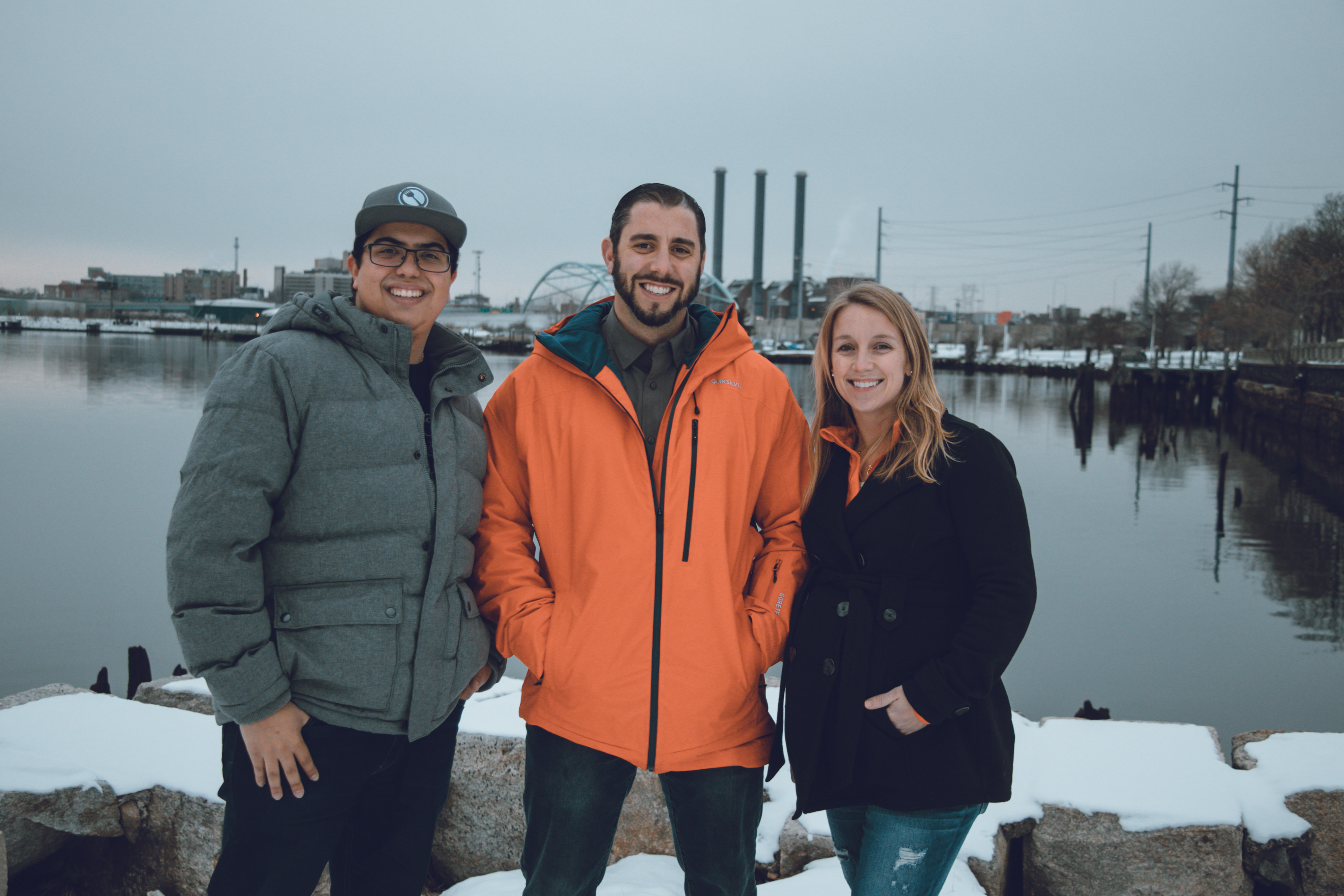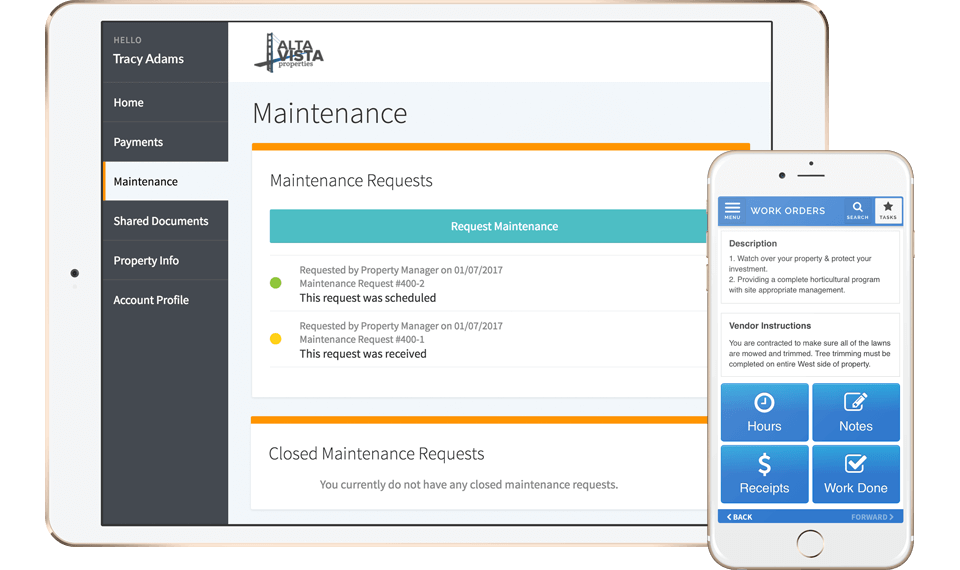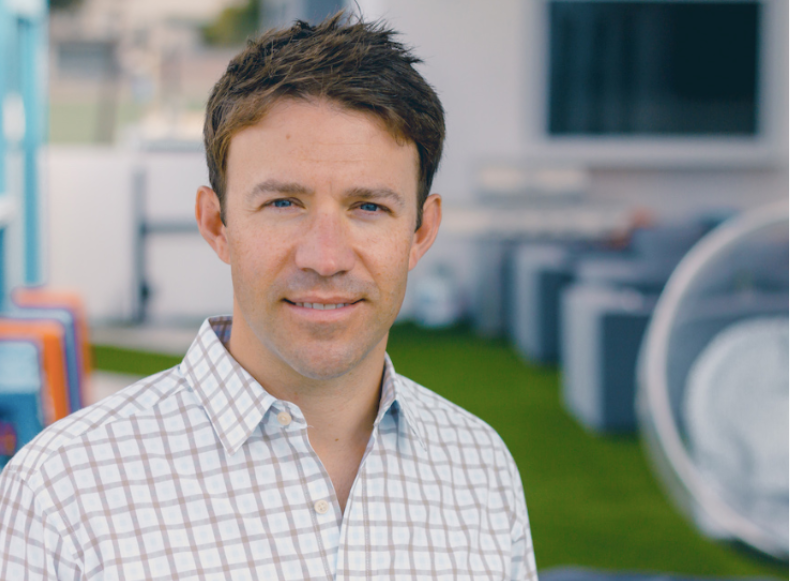Contents:

Trends Market Research Template | Trends by The Hustle
Many of you have asked for advice on the best way to do market research. We’ve had a few posts about this in our Facebook group (here, here, and here), and we thought it would be helpful to provide a dynamic template and two examples of market research in action.
Below is our new Trends Research Template and two research reports that explore dozens of opportunities in two fast-growing industries (we’ve covered these topics before, but never published full reports on them).
- Trends Research Template
- Example 1: Pet Products
- Example 2: Elder Tech
You can use these templates to vet startup ideas in other industries. Let us know how we can improve this tool, and we’ll make changes based on your feedback.

How Matt Tortora Made a Local Food Delivery Business | Trends by The Hustle
At Jamestown Fish in Rhode Island, where Matt Tortora was a chef, customers demanded fresh, premium ingredients. The restaurant typically bought them from distributors. “I could pick up the phone, give them a call, and in some cases, same day, get what I needed,” Tortora says.
But the distributors the restaurant worked with were sourcing food from all over the country. The ingredients were rarely local and often not as fresh as they could be.
Tortora and co-founders Erin Tortora and William Araújo set out to solve this problem. Their business, WhatsGood, launched in 2015 and matches restaurants with local farmers. It also recently started offering regular consumers a delivery service of farmers market goods and now has 20k consumers signed up, with a monthly growth rate of about 30%. The company recently closed its seed round of funding at $6.9m, with $5.8m coming recently and $1.1m at launch.

2 Ideas for Improving the Distribution of Local Food | Trends by The Hustle
When it comes to food, the buzzwords “fresh” and “local” dominate. About three-fourths of Americans, according to Gallup, actively try to consume more local foods.
Yet at grocery stores across the United States, little of the food is fresh or local. A majority of produce is imported from foreign countries. “Next time you’re in the grocery store, pick up those products and take a look,” says Matthew Tortora, founder of WhatsGood. “The organic tomatoes that you’re finding in your grocery store, I could almost guarantee you are either coming from Mexico, Canada, or if not, at best coming from California.”
WhatsGood, which has raised nearly $7m in funding, matches food producers with nearby restaurants and institutions. It also recently began a delivery service of a la carte farm-fresh goods to consumers.

AppFolio Shows That Niche SaaS Ideas Are Big Business | Trends by The Hustle
Let’s play a quick game of “Which one of these does not belong?” Facebook. Amazon. Netflix. Google (Alphabet). AppFolio.
If you guessed AppFolio, congratulations. You are correct and we owe you a set of steak knives.
Like the famed FANG group of stocks (FB, AMZN, NFLX, GOOGL), AppFolio (APPF) is a tech company. Unlike FANG, AppFolio is not a consumer-facing business servicing billions of people.

How Tenta Browser Built a Successful Subscription Business | Trends by The Hustle
In a Google-dominated world that even Microsoft couldn’t crack, is there an industry for niche browsers? Tenta has built a successful subscription business for a niche browser.
The Seattle-based startup offers an encrypted browser with a built-in VPN and an ad blocker. Since launching in 2016, the app, which is available on Android and in a limited form on iOS, has been downloaded ~2 million times on Google Play, with 1 million of those downloads coming since March. It also has more than 17k ratings on Google Play with a 4.3 score.
We spoke with Tenta Browser co-founder Jen McEwen about how the co-founders got their idea from a previous adult entertainment app business, their tips for growth and how they’re marketing to a mainstream audience that might be unfamiliar with encrypted browsing. The interview has been condensed for brevity and clarity.

Alternative Business Funding Outside of VC | Trends
Venture capital can be deeply complex, but most firms still operate off the familiar model: make smart bets and hope that one pays off in the unicorn hunt. For that very reason, many firms will only bet on businesses that at least have the potential to “be the next Uber” or at least enter unicorn territory.
This “spray and pray” methodology means that it doesn’t matter if one, or two, or most of their bets fail, as long as one can deliver 100x returns. And only now, after the failure of WeWork, are venture firms realizing the importance of profitability (shocking, right?). The emphasis on getting the rare big bet to pay off influences the way that venture-backed companies need to operate: hypergrowth at all costs.
Of course, this VC strategy leaves plenty of small and mid-sized businesses searching for funding. But entrepreneurs who can’t hook a major VC firm shouldn’t fret. Alternative business funding might even be the best strategy: We ran the numbers on our small business database and found that the median profitability of VC-backed companies was 44%, as opposed to the 60% margins on those financed by personal savings.

Trends SMB Database: Search Hundreds of the Fastest Growing Businesses
We just introduced a new tool to help you analyze business opportunities in real-time: The Trends Guide to Small Business Growth.
Trends subscribers have full access to the financial details of 500+ of the fastest growing businesses, including thousands of rows of data. Want to search the fastest-growing, most profitable companies? We give you the tools.
Scroll below to see the full dataset. If you haven’t submitted information about your own business, you can share it here.

Mobile Business: Expanding Beyond Food Trucks | Trends by The Hustle
What you need to know
- The proliferation of food trucks, a nearly $3 billion industry, has led to a demand for other mobile services.
How you can capitalize
- Start your own mobile business, from dentistry to pet grooming to bicycle repair and beyond. Almost any service or product people want on a regular basis can work as a mobile concept.
- Partner with businesses to provide services at different sites every day and maintain a steady stream of customers.
* * *

Step-by-Step: How Ergonofis Established the Sit-Stand Desk Market in Canada | Trends by The Hustle
The name Ergonofis represents a hybrid between ergonomics and office. It fits: Co-founder Samuel Finn likes to think his company’s product, an adjustable desk allowing people to stand and sit throughout the day, provides the most efficient way to stay healthy and get through a work day.
Finn started the company with Kimberley Pontbriand. Four years in, Ergonofis is on pace to make about $2.3m this year and its sales are up about 50% YoY.
This is how Ergonofis figured out how to design a prototype, build a D2C following, market and grow.
The idea phase

How BottleKeeper Won a Patent and Beat Competitors | Trends
BottleKeeper, a company that makes insulating outer shells that keep beer bottles cold, has earned a large chunk of the $4.7B drinkware market. Since its official launch in 2013, the company has sold over 1m products direct-to-consumer while meticulously grooming an audience for future product launches. In 2018, BottleKeeper brought in $13.6m in revenue, growing over 800% from 2015.
In many ways, BottleKeeper has followed a dream startup trajectory. It raised thousands through crowdfunding and appeared on Shark Tank, securing one of the largest investments in the show’s history. After developing a trusted D2C model, it has now expanded to thousands of retail locations. But its path to success was also nearly derailed by copycats. BottleKeeper had to spend $500k on a series of patent protection lawsuits.
This is how BottleKeeper and co-founder CEO Adam Callinan maneuvered through the highs and lows to run one of the most successful DTC drinkware brands.
Key Takeaways:
- Focus on doing one thing really well: Callinan says to learn how to best serve your customer before fragmenting into different customer acquisition strategies.
- You gotta fight for your right to party: There will be copycats and people trying to eat your lunch. When push comes to shove, fighting will likely be expensive. Make sure it’s worth it.
- Harness your power before negotiating: Tempted with many retail contracts early on, Callinan chose to focus on building BottleKeeper’s brand. Today, BottleKeeper is able to attract much more favorable contracts.